According to the first article of the Hoybun Party's charter, "A Kurdish national society named Xoybûn was established by the decision of the first Kurdish congress convened on the fifth day of October 1927."[1] The Congress, which convened on October 5, 1927, and was chaired by Doctor Şükrü Mehmed Bey, continued its work and decided to establish a new political organization called Hoybun.[2] In a publication of Xoybûn written by Süreyya Bedirhan, it is stated that Xoybûn was announced on October 28, 1927.[3] According to French diplomatic documents, the following people attended the founding congress in Beirut Behamdun: Celadet Ali Bedirhan, Halil Rahmi Bedirhan, Memduh Selim, Şahin son of Mustafa from Berazi tribe, Mehdi (Sheikh Said's brother), Fehmi (from Lice), Captain Abdülkerim from Sulaymaniyah, Haco representing Ali Rıza Bey, Emin Efendi from Raman tribe, Faki Abdullah, Lieutenant Hurşid, and Tevfik Cemil from Mardin. In the elections, Celadet Bedirhan, Mustafa Şahin, Abdülkerim, and Memduh Selim were elected to the leadership.[4]
Ahmed Abdurrahman Ağa, who stated that he was one of the congress participants, lists the names of fifteen people who attended the congress in a published interview as follows: "1- Celadet Bedirhan Bey, 2- Ali Rıza (Sheikh Said's son), 3- Memduh Selim from Van, 4- Doctor Şükrü Mehmed, 5- Fehmi Bey (Sheikh Said's secretary), 6- Kamil Efendi (lieutenant in Iraq) 7- Abdülkerim Efendi (lieutenant in Iraq), 8- Tevfi Efendi (lieutenant in Turkey), 9- Haco Ağa (chief of Hevêrkan tribe), 10- Emin Ahmed (leader of Raman tribe), 11- Bedreddin (chief of Hebizbinî tribe), 12- Bozan Bey, 13- Mustafa Şahin (both chiefs of Berazan tribe), 14- Ahmed Abdurrahman Ağa (son of Şahin Ağa), 15- Abdullah Cizravî."[5] A British intelligence report dated 30.08.1928 lists the active members of Hoybun as follows: Mevlanzade Rıfat, Ali İlmi, Memduh Selim, Celadet Bedirhan, Haco Ağa, Emin Perihan, Mustafa Berazi, Dr. Şükrü Sekban, Cemil Bey Baban, Halil Rahmi Bedirhan Bey, Avni Bedirhan Bey.
In the second article of the 1928 charter titled "General Regulations and National Message" published by the Hoybun Kurdish National Congress, the organization's purpose was explained as follows: "The purpose of the society is the liberation of Kurdistan and Kurds under Turkish domination and the establishment of an independent Kurdistan within its natural and national borders."[6] Different sources indicate that Celadet Bedirhan was elected as the organization's first General Secretary. About two and a half years later, Memduh Selim was elected as the organization's general secretary. For up to two years after its establishment, Hoybun's center was in Aleppo. According to the Vakit newspaper dated July 10, 1930, "The general secretary of Hoybun is a Kurd named Memduh Selim, who was appointed by the French as a teacher at Antakya high school two years ago. Memduh Selim travels to Aleppo on meeting days to participate in the gatherings."[7] The Hoybun society was established for the purpose of Kurdistan's independence.[8]
Hoybun was not a homogeneous structure; it was formed by the coming together of several Kurdish groups. There were two political tendencies within the party: tribal chiefs who were accustomed to letting weapons speak rather than political struggle, and a group of intellectuals who were closer to the Western concept of a party. These two tendencies were also in conflict within the organization.
Since Hoybun was established in a region under French control and its center was in Syria, I believe everyone is curious about France's attitude toward the organization as the mandatory power in the region. In an undated report submitted to the center by France's intelligence units in the region, the mandatory power's attitude was clearly stated: "Since the mandatory power must comply with the agreements it signed regarding security in these regions, they were informed that we would absolutely not tolerate any disturbances at the borders. However, activities they can spread among their fellow citizens to raise their intellectual level will certainly be followed with the greatest favor by France. This is also the High Commission's attitude towards Xoybûn. It is aware of the importance of negotiations beginning between France and Turkey and that the success of the talks should not be jeopardized due to some imprudence by the Kurds… The High Commission will continue to actively monitor the Kurds as required by our relations with Turkey and our loyal neighborhood obligations."[9]
With its establishment, Hoybun sent İhsan Nuri, one of its founders, to Ağrı to lead the Kurdish fighters gathered in the Mount Ağrı region as a continuation of the 1925 Kurdish National Uprising and to assume the political-military leadership of the movement. To draw world public attention to the Kurdish national movement, it intensified propaganda efforts through all available means and sent letters to foreign state missions in the region requesting support. Under the leadership of İhsan Nuri Pasha, Kurdish fighters achieved significant successes in Ağrı, a Kurdish government was established in liberated areas, and the Kurdistan flag was raised. Various sources mention that the Kurdish government organs and administrators consisted of the following people: Biroyê Heskê Têlî (governor of the Kurdish administrative region), İhsan Nuri Pasha (commander-in-chief of Kurdish forces), Timur Ağa from Şemikan (Gendarmerie commander), Ferzende (Commander of Western and Southern Front), Sheikh Abdülkadir (Commander of Eastern front), Sheikh Tahir (Head of External Organization and Director of Tax Office), Sheikh Abdulvahap (Minister of Internal Affairs), Sheikh Resul (Commander of Zilan and Erciş region). However, with the initiative of the Soviet Union from the second half of 1930, as a result of joint action by Turkey and Iran, they had to retreat and cross into Iran through an agreement. According to information I obtained from relatives, before crossing into Iran, İhsan Nuri stayed at his cousin Salih's house in Bitlis for 2-3 days before crossing into Iran. We don't know the extent of his relationship with the organization after this stage.
İhsan Nuri, who came to prominence as the commander of the Kurdish national struggle in the Ağrı region, is one of the founders and most well-known figures of Hoybun. He studied at the Military Academy in Istanbul and then served in the Ottoman Army. He took part in Kurdish organizations such as KTC, Kurdistan Independence and Liberation Society (KİİC), and Hoybun Party. While a member of Azadi, he and a group of companions started an uprising in Beytüşşebap, after which he fled to Iraq and participated in the establishment work of Hoybun there. İhsan Nuri's main importance in this process was that he was appointed by Hoybun with the title of "Commander-in-Chief" to organize and manage the ongoing Kurdish national independence movement in Ağrı.
(Devam edecek.)
[1] Rohat Alakom, Xoybûn Örgütü ve Ağrı Ayaklanması, Avesta Yayınları, İstanbul, 2011, s. 28
[2] Kadri Cemil Paşa (Zinar Silopî), Doza Kurdistan (Kürt Milletinin 60 Yıllık Esaretten Kurtuluş Savaşı Hatıraları), Özge Yayınları, İkinci basım, Ankara, 1991, s. 105
[3] Rohat Alakom, Age., s. 27
[4] Sabri Ciğerli & Didier Le Saout, Fransız Diplomatik Arşivlerinde Kürtler, Kürt Milliyetçiliğinin Ortaya Çıkışı (1874-1945), Avesta Yayınları, İstanbul, 2022, s. 244
[5] Ehmedê Abdurehman Axa, Şoreşa Şêx Seîd, Çûna Me ya Iraqê, Avakirina Xoybûnê, Armanc, No: 91, Sweden, 1989, s. 4
[6] Rohat Alakom, Age., s. 32
[7] Cumhuriyet, 10 Temmuz 1930, s. 4
[8] Vakit, 8 Temmuz 1930, s. 1
[9] Sabri Ciğerli & Didier Le Saout, Fransız Diplomatik Arşivlerinde Kürtler, Kürt Milliyetçiliğinin Ortaya Çıkışı (1874-1945), Avesta Yayınları, İstanbul, 2022, s. 258
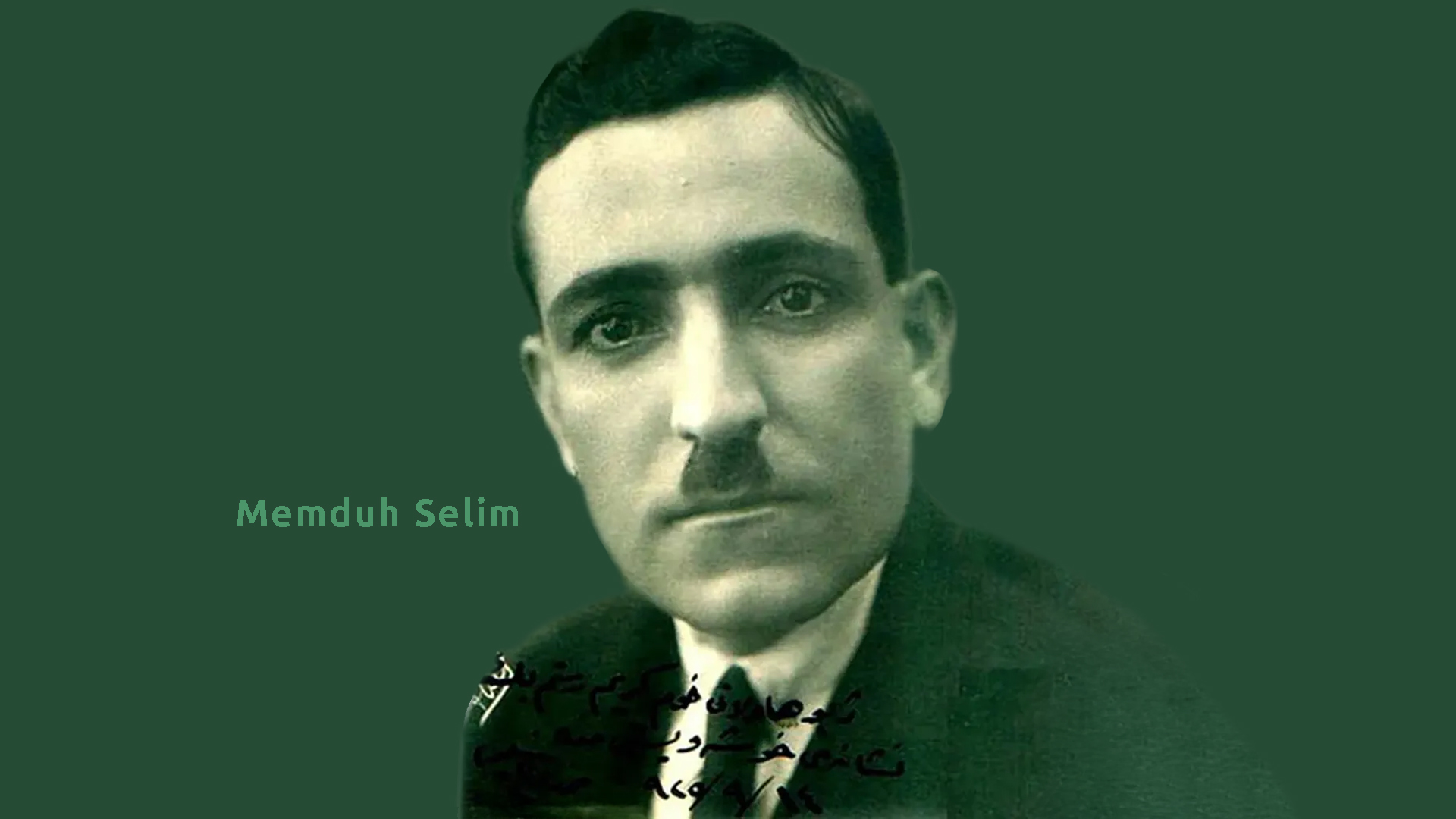

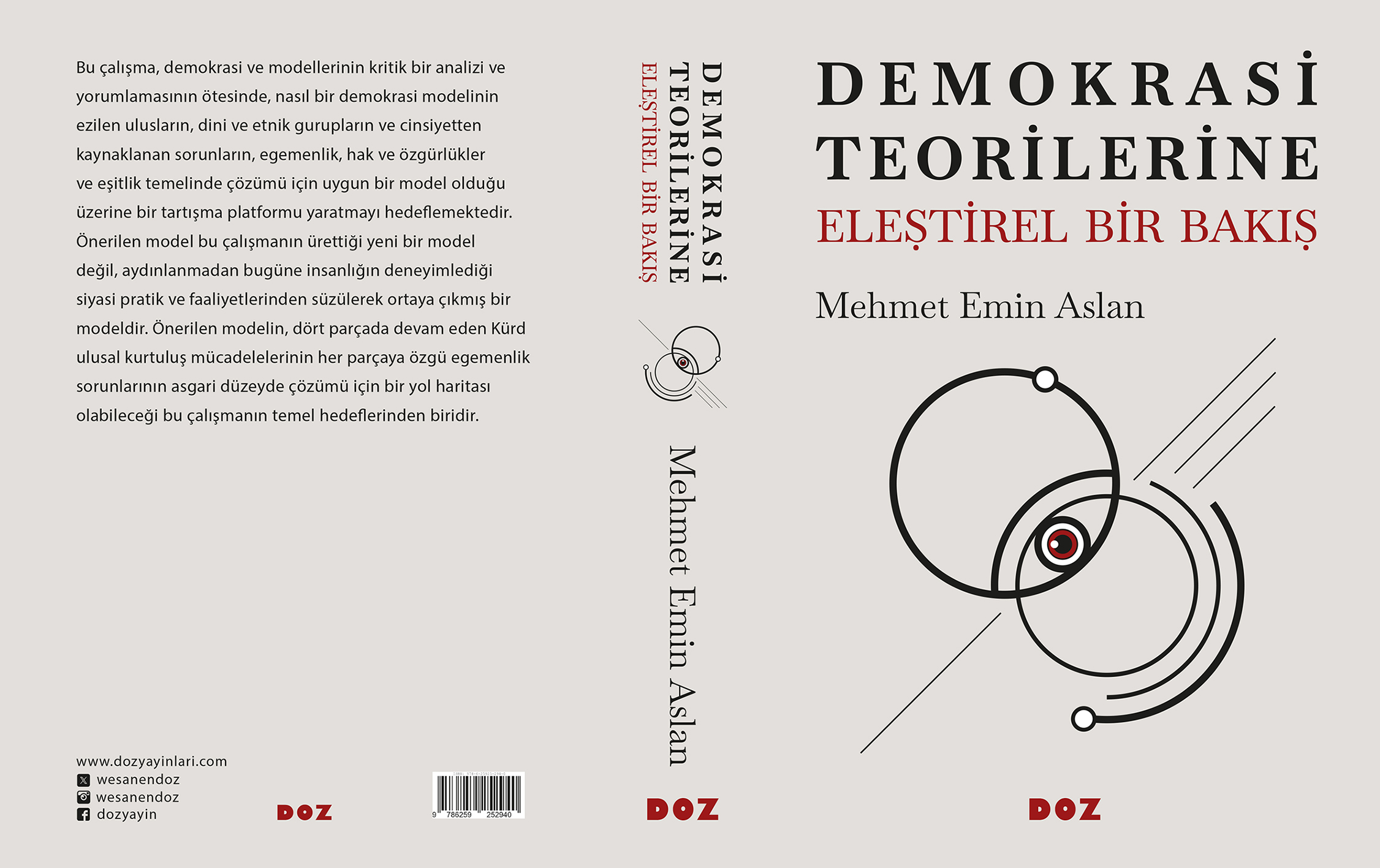

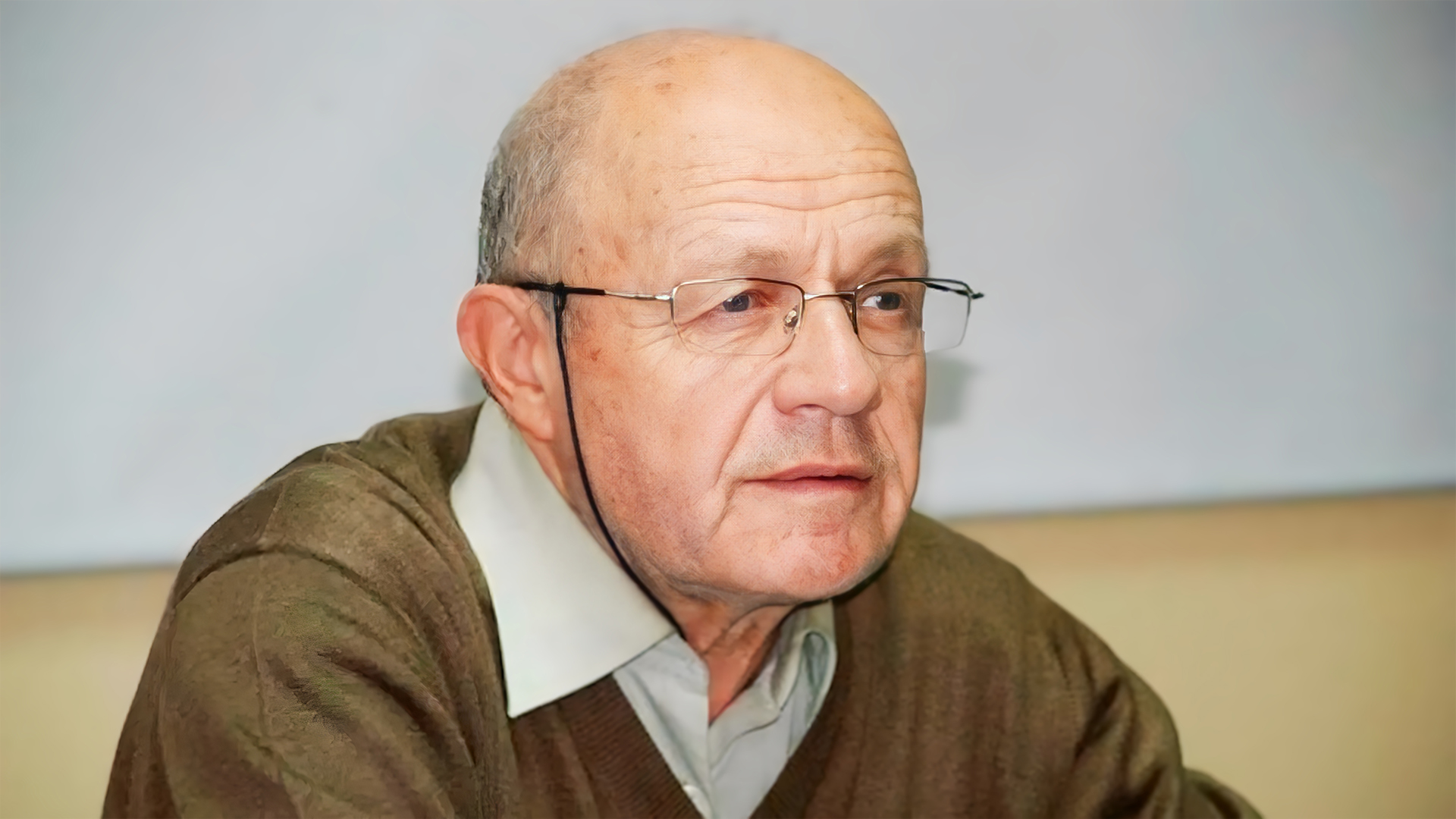
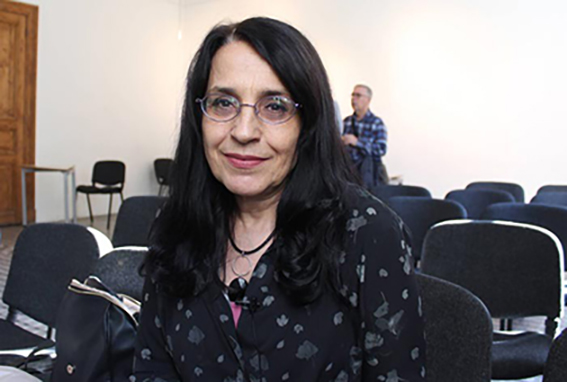
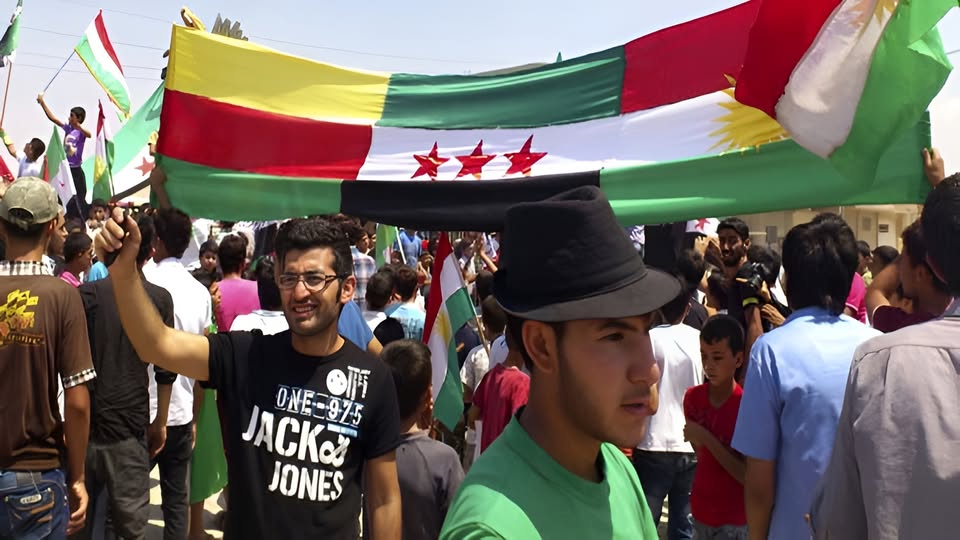

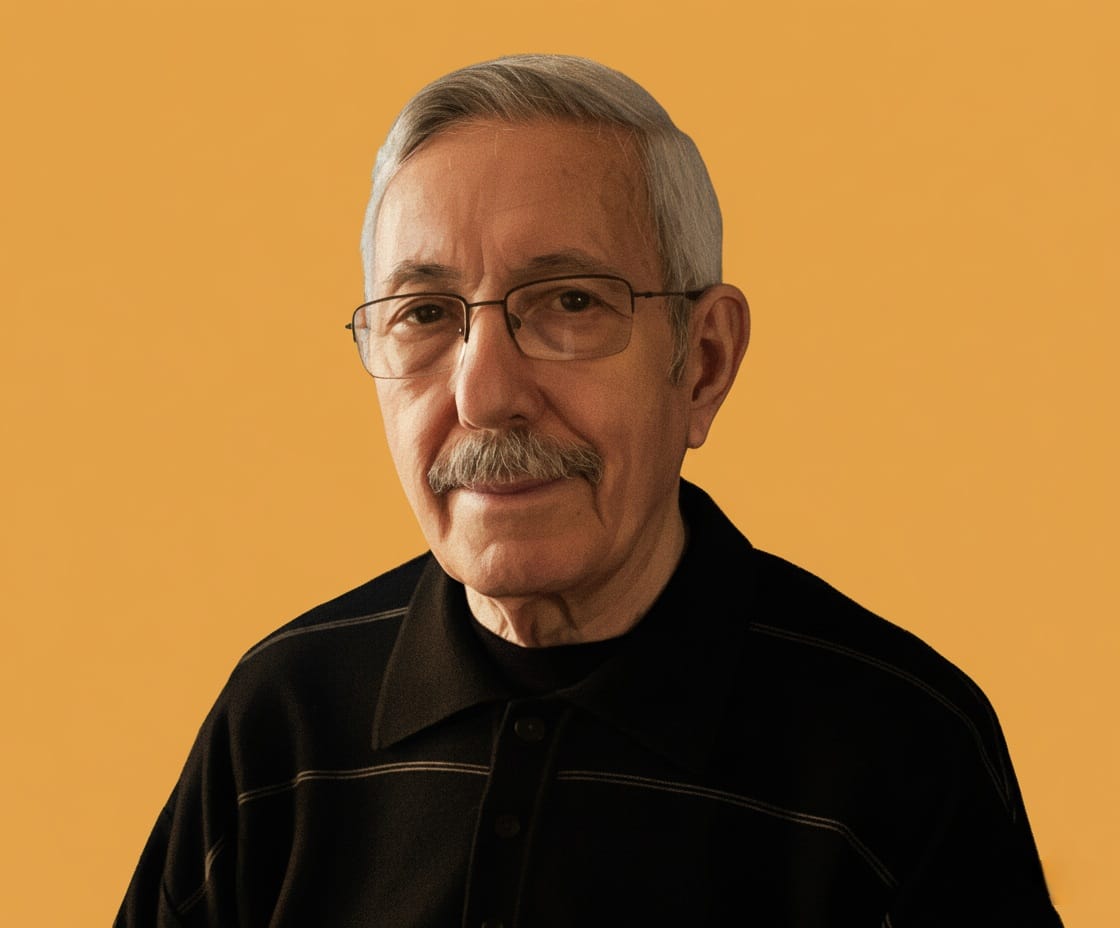
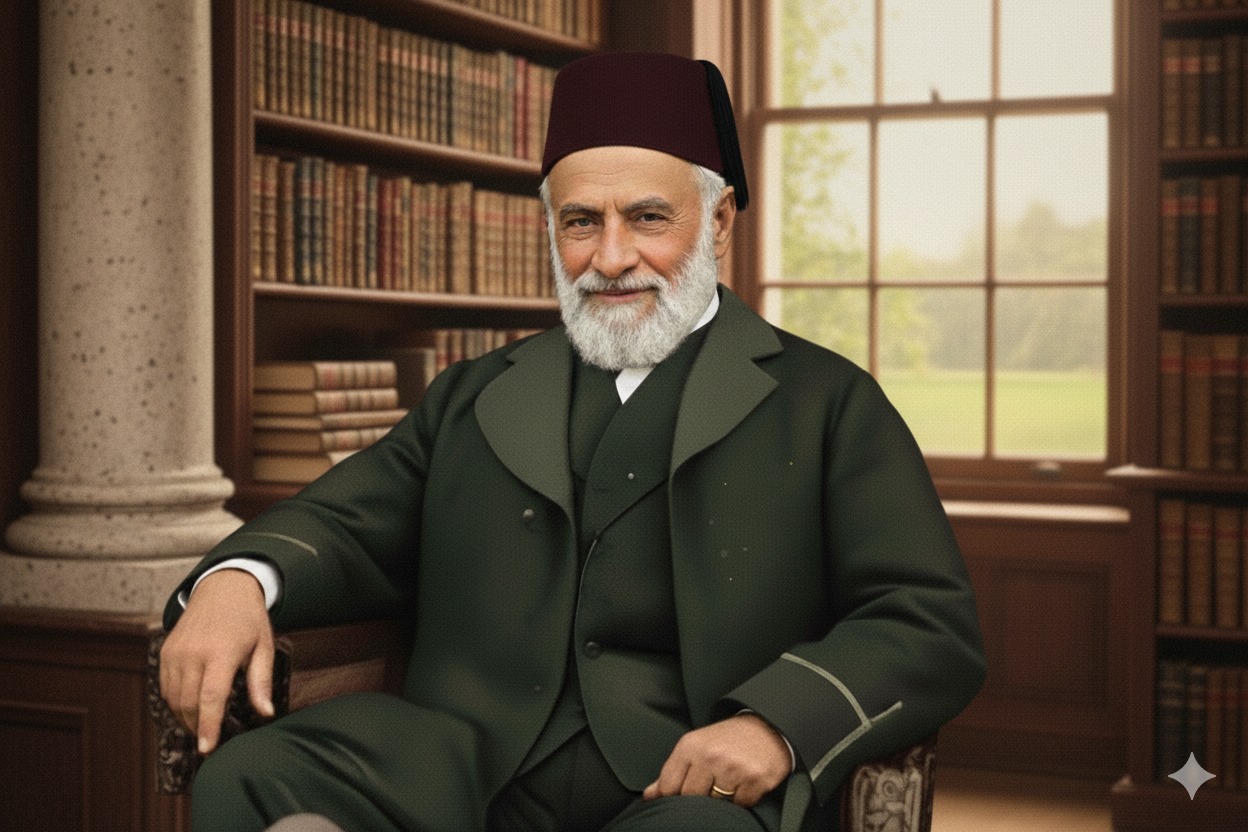
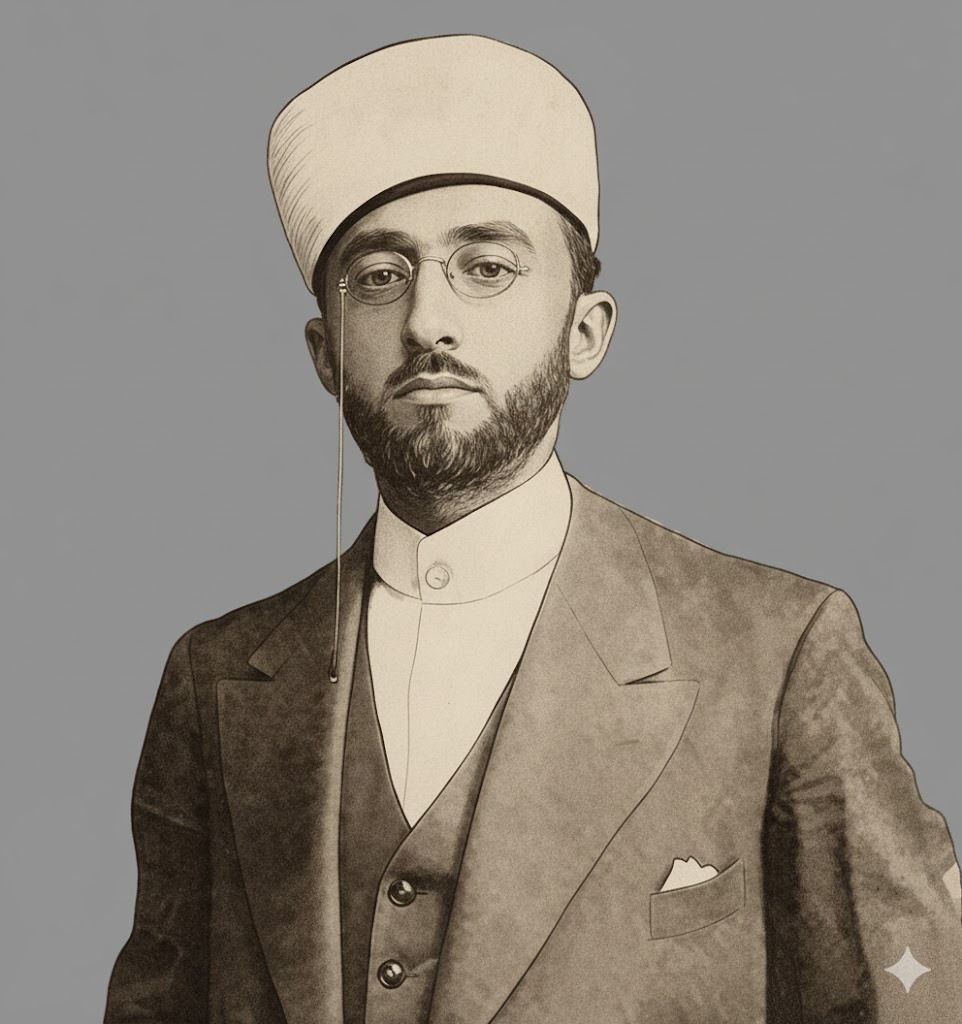
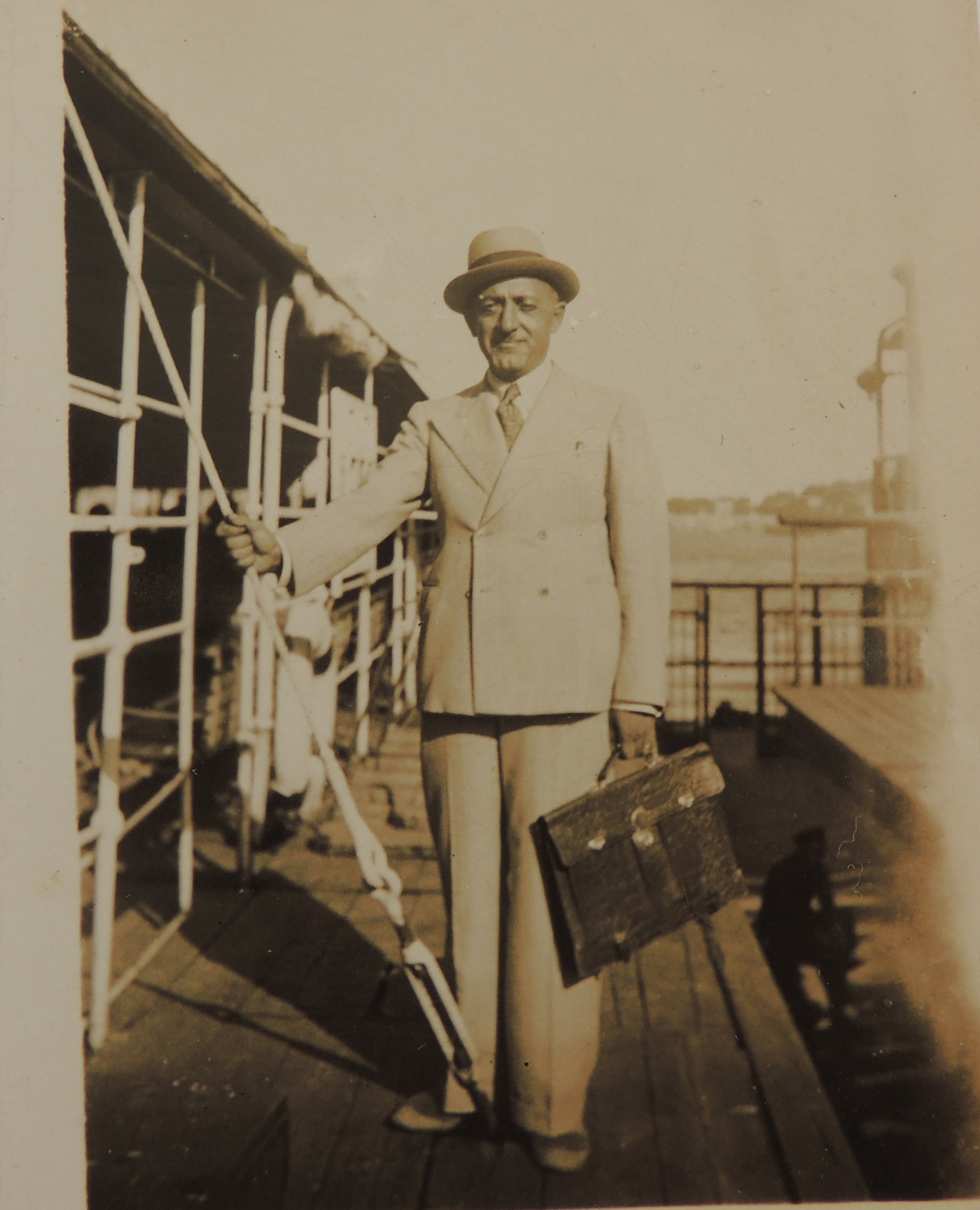
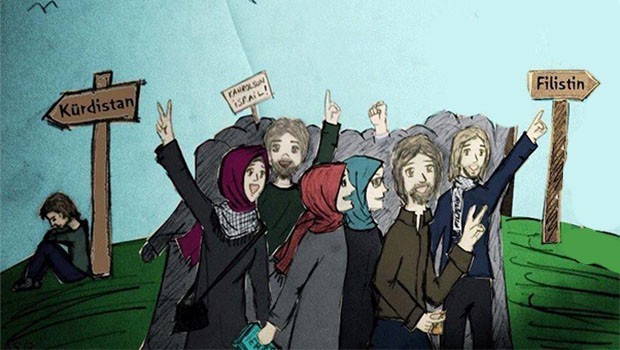
Yorumlar (0)
Henüz yorum yapılmamış. İlk yorumu siz yazın.